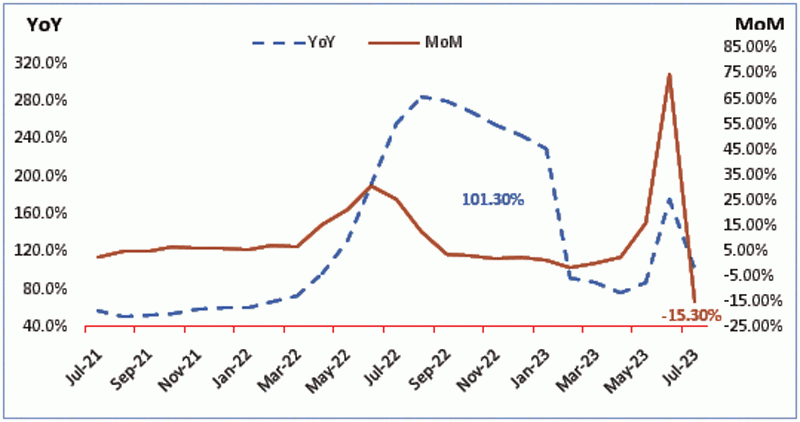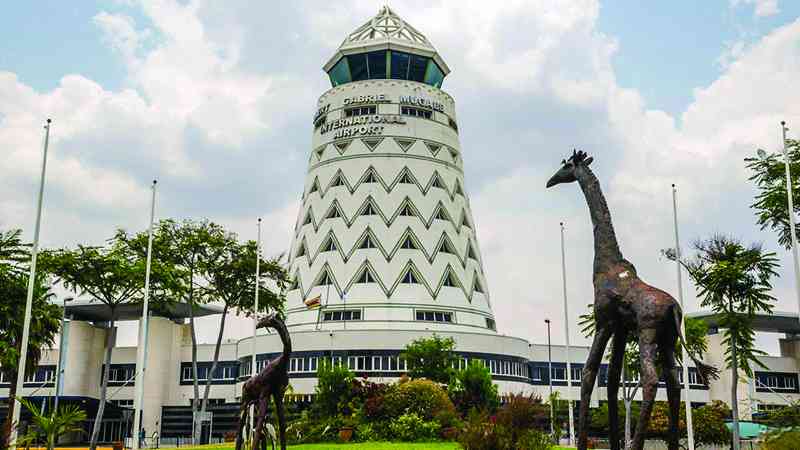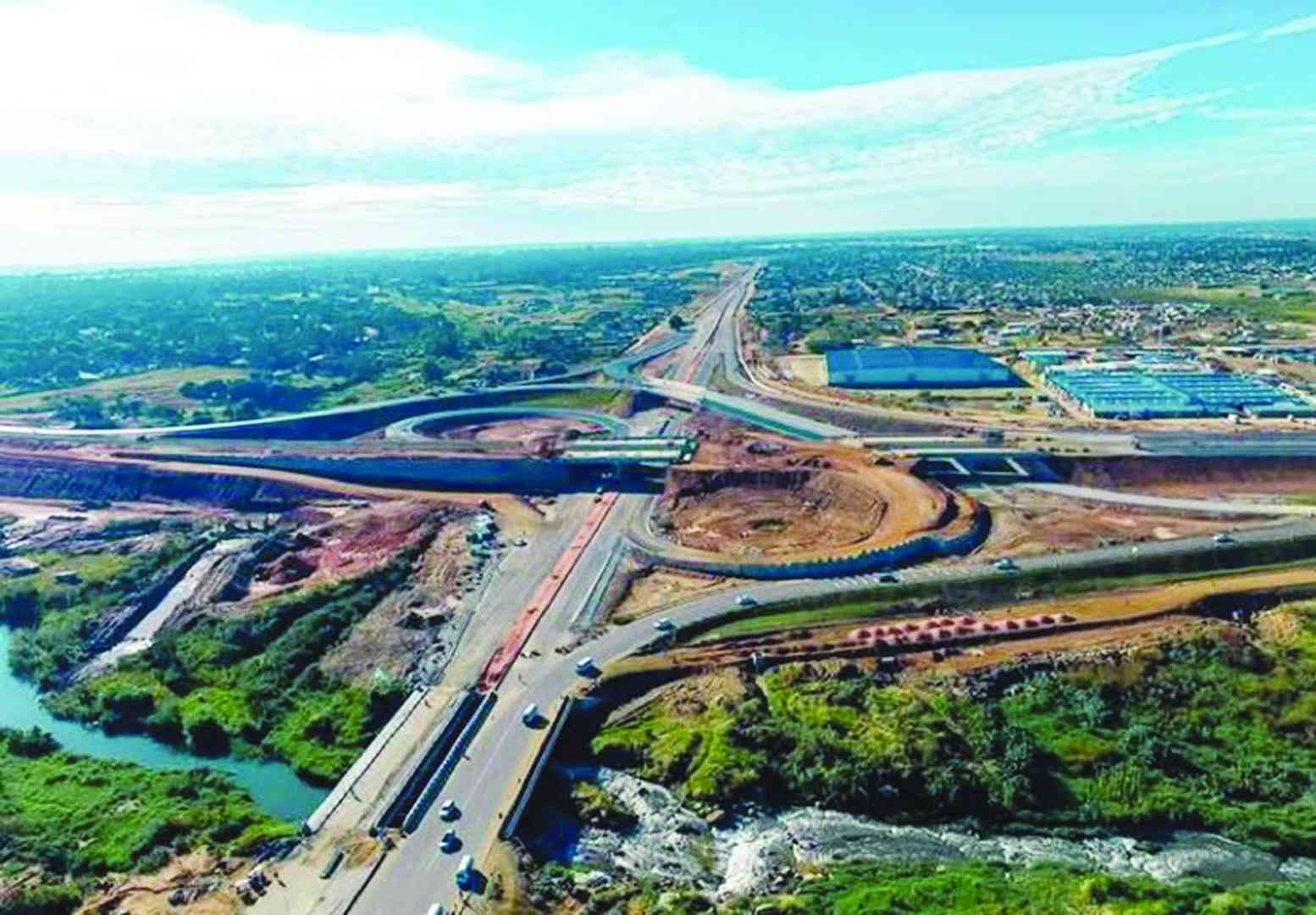
ZIMBABWE continues to experience a volatile macroeconomic environment characterised by currency volatility and price instability.
The instability is exerting a considerable toll on economic growth and national development. As such, this column seeks to identify drivers of instability by tracking the performance of critical economic indicators.
Price inflation
The Zimbabwe National Statistics Agency (ZimStat) data shows that in annual terms, blended inflation outturn in October 2023 as measured by the all-items consumer price index (CPI) came in at 17,8%, slightly down from 18,4% in September 2023.
The data further revealed that price inflation slightly increased from 1% in September 2023 to 2,5% on month-on-month terms. The increase means consumer purchasing power declined by 2,5% in October 2023.
The major categories of the consumer basket driving headline inflation were housing and utilities (basket weight: 27/100), food (basket weight: 31.3/100), and transport (basket weight: 8.39/100). Statistics show prices mounting by 5%, 2,4%, and 2,8%, respectively.
Also, in October, the Zimbabwe dollar (ZWL) price of wheat and bread increased by 25%, maize meal and rice by 20% and 15%, respectively, and sugar and cooking oil rose by nearly 5%.
These ZWL inflationary pressures largely emanated from adverse ZWL movements, particularly in the parallel market, where the local currency lost about 8% of its value against the US dollar.
- Mavhunga puts DeMbare into Chibuku quarterfinals
- Bulls to charge into Zimbabwe gold stocks
- Ndiraya concerned as goals dry up
- Letters: How solar power is transforming African farms
Keep Reading
Despite the Reserve Bank of Zimbabwe (RBZ) exchange regulations allowing economic agents to charge a 10% margin above the interbank rates when setting ZWL prices, many formal businesses are still benchmarking their local prices above parallel rates.
As such, adverse rate movements in the parallel markets compel companies to review ZWL prices upwards to minimise exchange rate losses.
With the poor spending a significant budget on food, which is highly inelastic to price changes, it means the bulk of inflation tax gets shifted to the final consumers, who are already on miserly ZWL wages and salaries.
In response to ZWL instability, the economy is rapidly dollarising. Most formal retail supermarkets have noticeably started pegging prices in United States dollars (USD).
Additionally, at the end of October, the government extended the multicurrency regime to December 2030, allowing for the continued use of the USD in the economy.
Exchange rate
In October 2023, the local unit lost 4,1% of its value in the official market to close at US$1:ZW$5 698.96 from US$1:ZW$5 466.75 at the end of September 2023. A glance at official statistics shows that in year-to-date (YTD) terms, the ZWL was down 88%. Also, in the parallel markets, the ZWL was down 7,8% to close the month under review at US$1:ZW$7 700 from US$1:ZW$7 100 in September 2023.
In YTD terms, the ZWL erased 88,3% in October 2023. After relative stability between July 2023 and Aug 2023, the market premium (percentage difference between official and parallel rates) started to burgeon from September 2023.
Widening parallel market premiums reflect increased growth in money supply as the Treasury resumed making ZWL payments to its contractors and suppliers after a pause in the build-up to the August 2023 harmonised elections.
In addition, it is likely that the August electoral result, which the main opposition Citizens Coalition for Change party rejected, significantly fuelled negative market expectations, culminating in bearish sentiments toward the ZWL.
Thus contributing to increased local currency and asset substitution as economic agents diversify and protect their investment portfolios from expected currency devaluation risks.
External debt
The latest debt statistics show that as of the end of September 2023, external public and publicly guaranteed (PPG) debt, including RBZ, stood at US$12,5 billion.
Of the total RBZ debt of US$3,4 billion, the Treasury is currently undertaking reconciliation and validation processes to assume about US$1,8 billion (52,9%).
The assumption of a part of RBZ's external debt by the Treasury cleans up the RBZ's balance sheet to allow it to focus on its primary mandate of stabilising prices, local currency, and financial markets.
The RBZ debt assumption was also motivated by the need to curb unsustainable ZWL liquidity growth that partly emanated from money printing by RBZ to fund the purchase of foreign currency in the market to service its external obligations.
Be that as it may, the overall debt stock remains unsustainably high.
The nation is now trapped in debt distress as evidenced by arrears and penalties on principal and loan interest representing 93% (US$2,53 billion) of total multilateral PPG debt and 74% (US$4,4 billion) of total bilateral external PPG debt.
In 2022, the government formulated an arrears clearance, debt relief, and restructuring strategy to resolve the debt crisis, outlining its position and options for addressing the debt distress situation.
It has also resumed token payments to its creditors. Between March 2021 and September 2023, the Treasury has made token payments of US$113 million and US$12,8 million to multilateral and bilateral creditors, respectively.
In addition, it established a Structured Dialogue Platform (SDP) with all its creditors and development partners to institutionalise structured dialogue on economic, governance, and land tenure reforms to underpin the process.
However, I believe that the success of all these initiatives to address the debt crisis is hinged on the full implementation of the reforms, as mentioned earlier.
External trade
ZimStat showed that in September 2023, Zimbabwe exported goods and services worth US$677,97 million, up 4,3% from US$649,83 million in August 2023.
Cumulatively, the January-September 2023 period exports totalled US$5,16 billion. The country imported goods and services worth US$772,21 million in the same month, down 5,8% from US$819,89 million realised in August 2023. Cumulatively, the January-September 2023 imports totalled US$6,66 billion.
These statistics show that Zimbabwe incurred a trade balance of -US$94,24 million in September 2023, down from -US$170.06 million in August 2023.
In cumulative terms, the trade balance was -US$1.5 billion for January-September 2023. I expect the trade balance to reach -US$2 billion by year-end due to the ongoing softening of global mineral prices primarily because of weak global demand and improved supplies.
Yet, mineral commodities account for at least 70% of Zimbabwe's annual export receipts.
The rapid dollarisation of the economy is also fuelling imports. At the same time, it renders local firms uncompetitive as their factors of production are in USD against regional counterparts' pricing in their relatively weak currencies.
Electricity
The latest ZimStat data show Zimbabwe importing electrical energy worth US$11,26 million in September 2023, up 9,8% from US$10,3 million in August 2023.
This paltry increase justifies the prolonged load-shedding hours experienced since the turn of September 2023. The power utility, Zesa, which charges suboptimal tariffs, faces shortages of foreign currency to import electricity from the region.
The over-reliance on old thermal plants that frequently break down due to lack of maintenance is subduing domestic electricity production and consequently ballooning Zesa's operational costs at a time when formal markets face acute foreign currency shortages.
In addition, adverse climatic conditions over the years have significantly reduced live-water levels at the nation's sole Kariba Dam hydropower plant.
The situation will likely deteriorate in the coming months as the region battles projected hardened drought conditions.
Fuel
The latest external trade data show that Zimbabwe imported petrol worth US$42,61 million in September 2023, up 3,7% from US$41,1 million in Aug 2023.
Free funds contributed a nadir of 0,2%; leaded petrol constituted 99,5% of the total. In the same month, Zimbabwe imported diesel worth US$88,4 million, up 3,2% from US$85,7 million in August 2023.
The import jump likely reflects increased domestic consumption due to prolonged electricity rationing schedules. In most industrial cases, electricity and fuel are perfect substitute goods.
Also, the increase in fuel imports likely emanates from increased capacity utilisation in the mining sector (refer to mining section). The mining sector is estimated to consume at least 30% of the country's total fuel.
The energy regulator, Zimbabwe Energy Regulatory Authority (Zera), revised the fuel price caps downward effective November 5 2023. Zera reduced the price of a litre of petrol by 5,5% to US$1,56 and that of diesel by 2,8% to US$1,74.
The stabilisation of global oil prices likely necessitated the downward revision after a sharp escalation in geopolitical risk in the Middle East, a region accounting for more than one-third of the world's seaborne oil trade, has markets on edge.
The surprise attack by Hamas on Israel on October 7 spurred traders to price in a US$3-4 per barrel risk premium.
However, global prices have since stabilised.
While there has been no direct impact on physical supply, markets will likely remain on tenterhooks as the crisis unfolds.
- Sibanda is an economic analyst and researcher. He writes in his personal capacity. — [email protected] or Twitter: @bravon96











